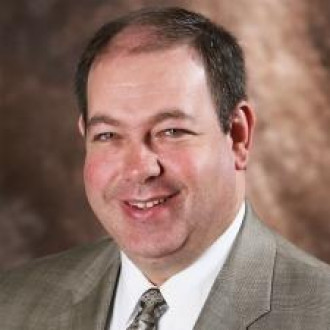
Steven Tepp
Steven Tepp is the President and founder of Sentinel Worldwide. He is a globally recognized expert in intellectual property law and policy.
Prior to forming Sentinel Worldwide, Steve was Chief Intellectual Property Counsel for the Global Intellectual Property Center (GIPC) of the U.S. Chamber of Commerce. In that role, he provided expert legal counsel across the GIPC at the strategic and operational levels. He was also responsible for leading the GIPC’s efforts, long term and short term, foreign and domestic, to reduce trademark counterfeiting and copyright piracy, especially in the digital and online environments. He also provided legal counsel to the broader U.S. Chamber of Commerce, including collaborating on amicus briefs to the Supreme Court on cutting-edge patent issues.
Previously, Steve served as senior counsel for Policy and International Affairs at the U.S. Copyright Office, where he negotiated numerous free trade agreements and played a major role in drafting and negotiating the Anti-Counterfeiting Trade Agreement. He had principal responsibility for all copyright matters in the Asia-Pacific and Latin America regions and litigated the U.S.-China IPR dispute before the World Trade Organization. He also worked on domestic legislative matters and litigated many federal court cases. Steve co-authored the Copyright Office’s Digital Millennium Copyright Act Section 104 Report to Congress (2001), as well as its 2003 and 2006 Section 1201 Rulemakings.
Earlier in his career, Steve was an attorney for the U.S. Senate Judiciary Committee on the staff of the chairman, Sen. Orrin Hatch (R-UT), where he specialized in intellectual property and was the lead Senate staffer handling the American Inventor Protection Act of 1999. Collectively, he has been in or around every copyright-related matter before the U.S. Congress since the mid-1990s.
Steve taught copyright law at the Georgetown University Law Center and the George Mason University Law School. He is a graduate of American University’s Washington College of Law and received his undergraduate degree from Colgate University.

Recent Articles by Steven Tepp
On January 13, the U.S. Court of Appeals for the Federal Circuit (CAFC) will hear oral argument in SAS Institute, Inc. v. World Programming, Ltd., a copyright infringement suit with far-reaching consequences for American creativity. SAS is a North Carolina-based software company, well known for its highly successful analytics software. World Programming, Ltd (WPL) is a British software company that, by its own admission, set out to “clone” SAS’s creative and popular software. The litigation that followed has been lengthy and stretched from North Carolina to the U.K. and back. While WPL largely prevailed in its home court, the litigation in North Carolina resulted in a verdict that WPL engaged in fraud and unfair and deceptive trade practices. The litigation in North Carolina did not decide the copyright infringement issues, so SAS was forced to file a separate suit, this time in Texas. But the judge in that case made a critical error, which is now on appeal.
SAS Institute is a software company in North Carolina. Founded in 1976, it employs thousands of people in the United States and thousands more around the world. World Programming, Ltd. (WPL) is a British company that decided to build a clone of SAS’s popular analytics software and, as several courts have found, broke the law to do it. After a decade of litigation across two continents and an unpaid multi-million-dollar judgment, the parties are once again in court. This time, however, WPL’s arguments pose grave dangers to all owners of other copyrighted works. WPL did not try to compete with SAS by building a different or better product. Instead, it ordered copies of SAS’s products under the guise of an educational license, but with the true intent to reverse-engineer and copy key elements, including the selection and arrangement of its outputs, and even the manuals licensed users receive from SAS. The result is that WPL produced a clone, taking the exact same input and producing the exact same output that SAS does. Avoiding the years of investment and fine-tuning that SAS undertook to create its market-leading software, WPL undercut SAS’s price in the market and lured away SAS’s customers.

![[IPWatchdog Logo]](https://ipwatchdog.com/wp-content/themes/IPWatchdog%20-%202023/assets/images/temp/logo-small@2x.png)